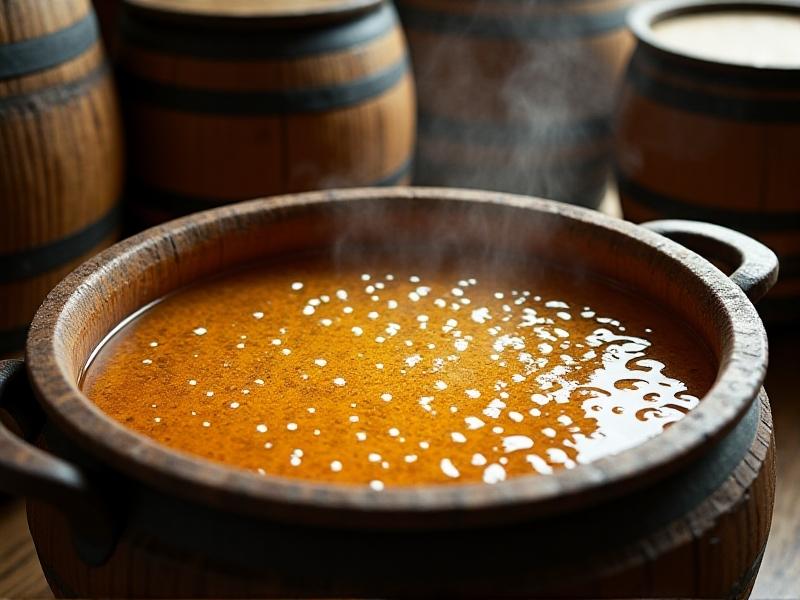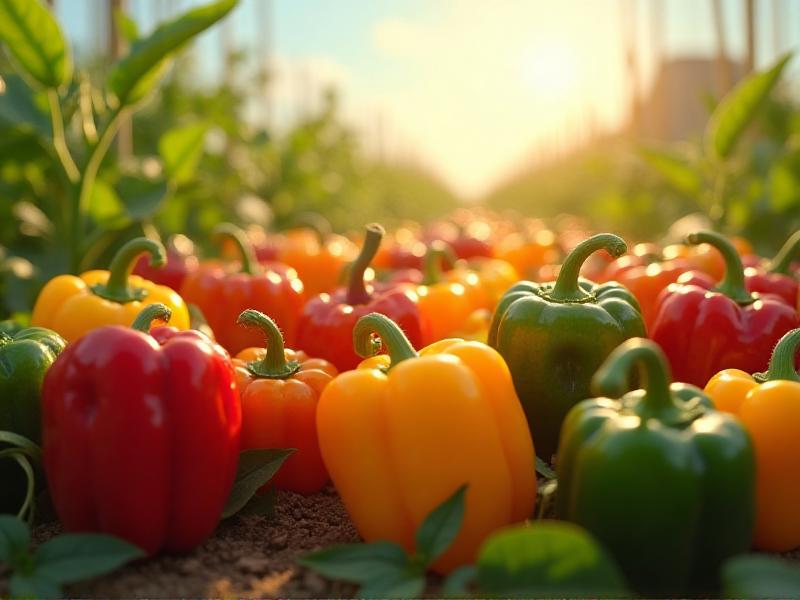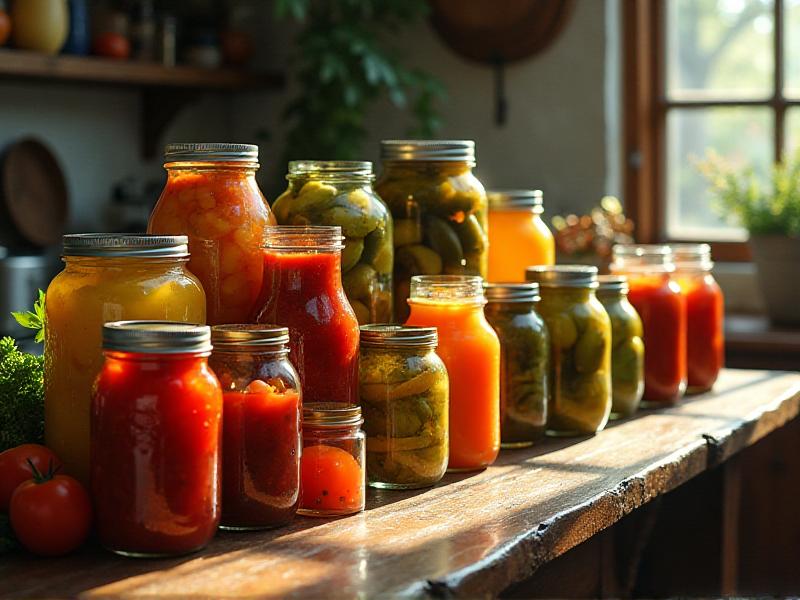Post-Fermentation Pasteurization Techniques
Understanding Post-Fermentation Pasteurization
Post-fermentation pasteurization is a critical process in the food and beverage industry, particularly in products like beer, wine, and dairy. This technique involves heating the product after fermentation to eliminate harmful microorganisms, ensuring safety and extending shelf life. Unlike pre-fermentation pasteurization, which can affect the fermentation process, post-fermentation pasteurization targets the final product, preserving its flavor and quality.
The process typically involves heating the product to a specific temperature for a set period, followed by rapid cooling. This thermal treatment is designed to kill pathogens and spoilage organisms without compromising the product's integrity. The exact temperature and duration depend on the product type and desired outcome, making it a versatile technique across various industries.
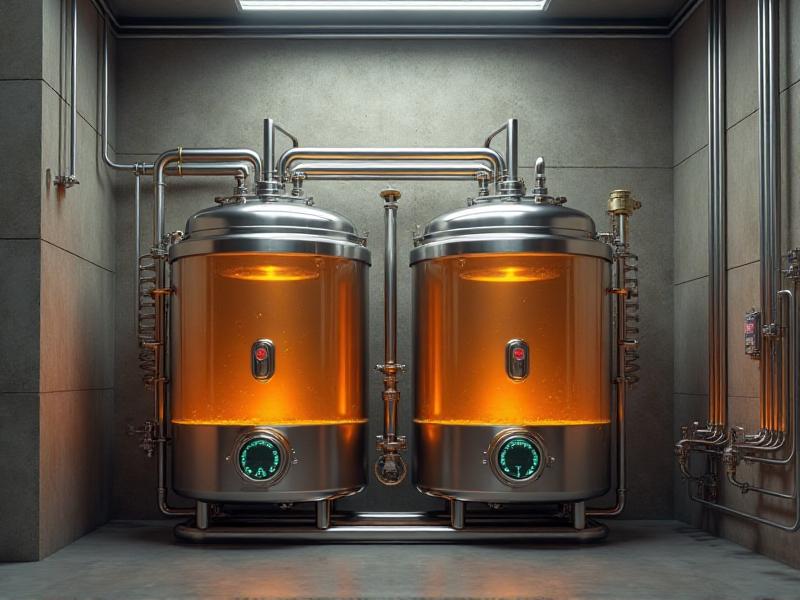
Benefits of Post-Fermentation Pasteurization
One of the primary advantages of post-fermentation pasteurization is its ability to ensure product safety. By eliminating harmful bacteria and yeast, this process reduces the risk of foodborne illnesses, making it essential for consumable goods. Additionally, it extends the shelf life of products, allowing manufacturers to distribute them over longer periods without compromising quality.
Another significant benefit is the preservation of flavor and aroma. Since pasteurization occurs after fermentation, it minimizes the impact on the product's sensory characteristics. This is particularly important in beverages like beer and wine, where taste and aroma are critical to consumer satisfaction. Furthermore, the process can be tailored to specific products, ensuring optimal results for each application.
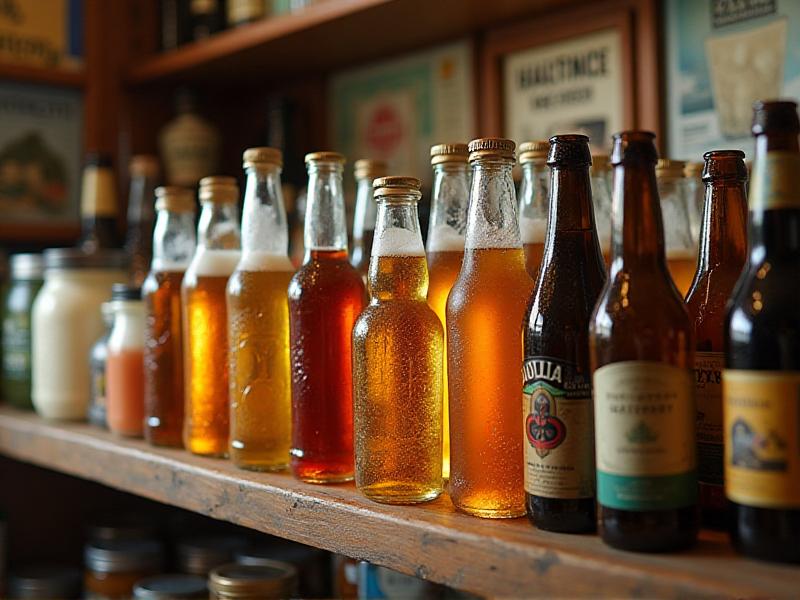
Common Techniques in Post-Fermentation Pasteurization
Several techniques are employed in post-fermentation pasteurization, each suited to different products and requirements. Flash pasteurization, for instance, involves rapidly heating the product to a high temperature for a short duration, followed by immediate cooling. This method is ideal for heat-sensitive products, as it minimizes flavor and nutrient loss.
Another common technique is tunnel pasteurization, often used for bottled or canned beverages. The product passes through a series of heated zones, gradually reaching the desired temperature before being cooled. This method ensures uniform heating and is particularly effective for large-scale production. Batch pasteurization, on the other hand, is suitable for smaller quantities, allowing for greater control over the process.
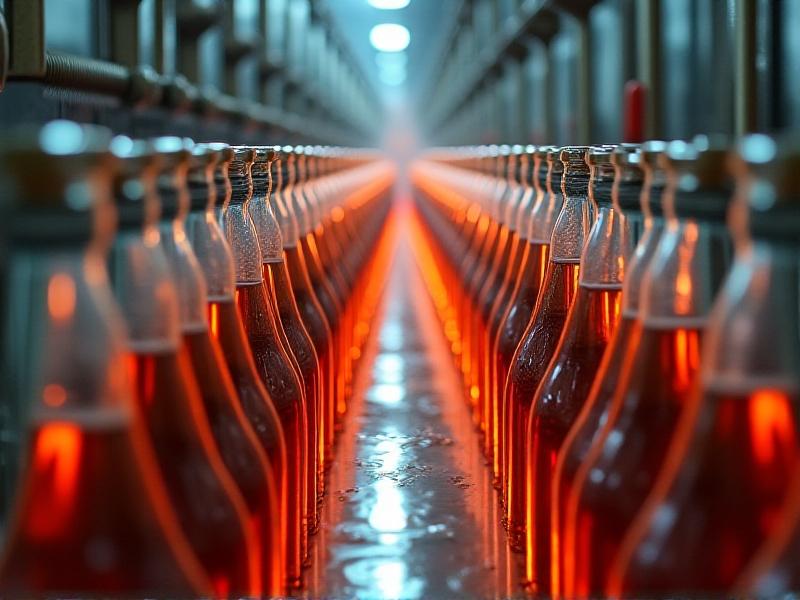
Challenges and Considerations
While post-fermentation pasteurization offers numerous benefits, it also presents certain challenges. One of the main concerns is the potential impact on the product's quality. Overheating or prolonged exposure to heat can alter flavors, textures, and nutritional content, particularly in delicate products like craft beer or artisanal cheese.
Another consideration is the cost and complexity of the equipment. High-quality pasteurization systems require significant investment, and maintaining them can be resource-intensive. Additionally, the process must be carefully monitored to ensure consistency and compliance with safety standards. Manufacturers must balance these factors to achieve the desired results without compromising efficiency or profitability.
Innovations in Post-Fermentation Pasteurization
Recent advancements in technology have led to innovative approaches in post-fermentation pasteurization. For example, pulsed electric field (PEF) pasteurization uses short bursts of high-voltage electricity to inactivate microorganisms without significant heat. This method is particularly promising for heat-sensitive products, as it preserves flavor and nutrients while ensuring safety.
Another emerging technique is high-pressure processing (HPP), which subjects the product to extreme pressure to eliminate pathogens. HPP is gaining popularity in the beverage industry due to its ability to maintain freshness and extend shelf life without thermal treatment. These innovations are reshaping the landscape of pasteurization, offering new possibilities for product quality and safety.
Environmental Impact of Post-Fermentation Pasteurization
The environmental impact of post-fermentation pasteurization is an important consideration for manufacturers. Traditional methods often require significant energy consumption, contributing to carbon emissions. However, advancements in energy-efficient equipment and renewable energy sources are helping to mitigate these effects.
Water usage is another critical factor, as pasteurization processes often involve cooling systems that consume large amounts of water. Implementing closed-loop systems and recycling water can reduce waste and improve sustainability. By adopting eco-friendly practices, manufacturers can minimize their environmental footprint while maintaining product quality and safety.
Future Trends in Post-Fermentation Pasteurization
The future of post-fermentation pasteurization is shaped by evolving consumer demands and technological advancements. As consumers increasingly prioritize natural and minimally processed products, manufacturers are exploring gentler pasteurization methods that preserve authenticity. Techniques like cold pasteurization and UV treatment are gaining traction, offering alternatives to traditional heat-based processes.
Another trend is the integration of automation and artificial intelligence in pasteurization systems. Smart sensors and AI algorithms can optimize the process, ensuring consistent results while reducing energy and resource consumption. These developments are poised to revolutionize the industry, enhancing efficiency and sustainability while meeting consumer expectations.
